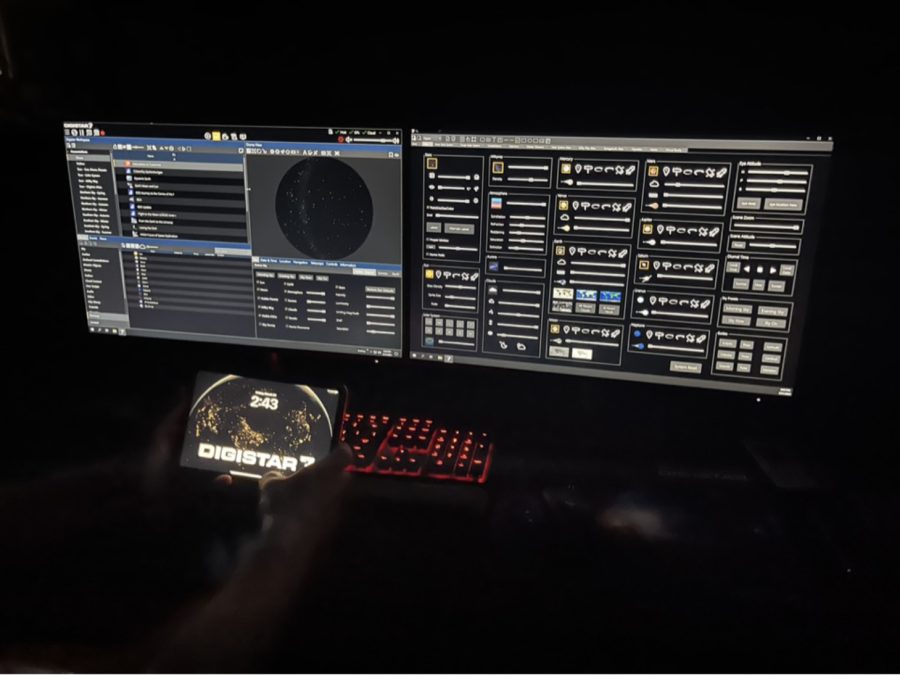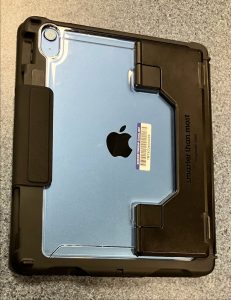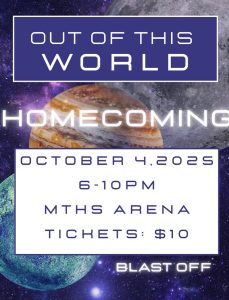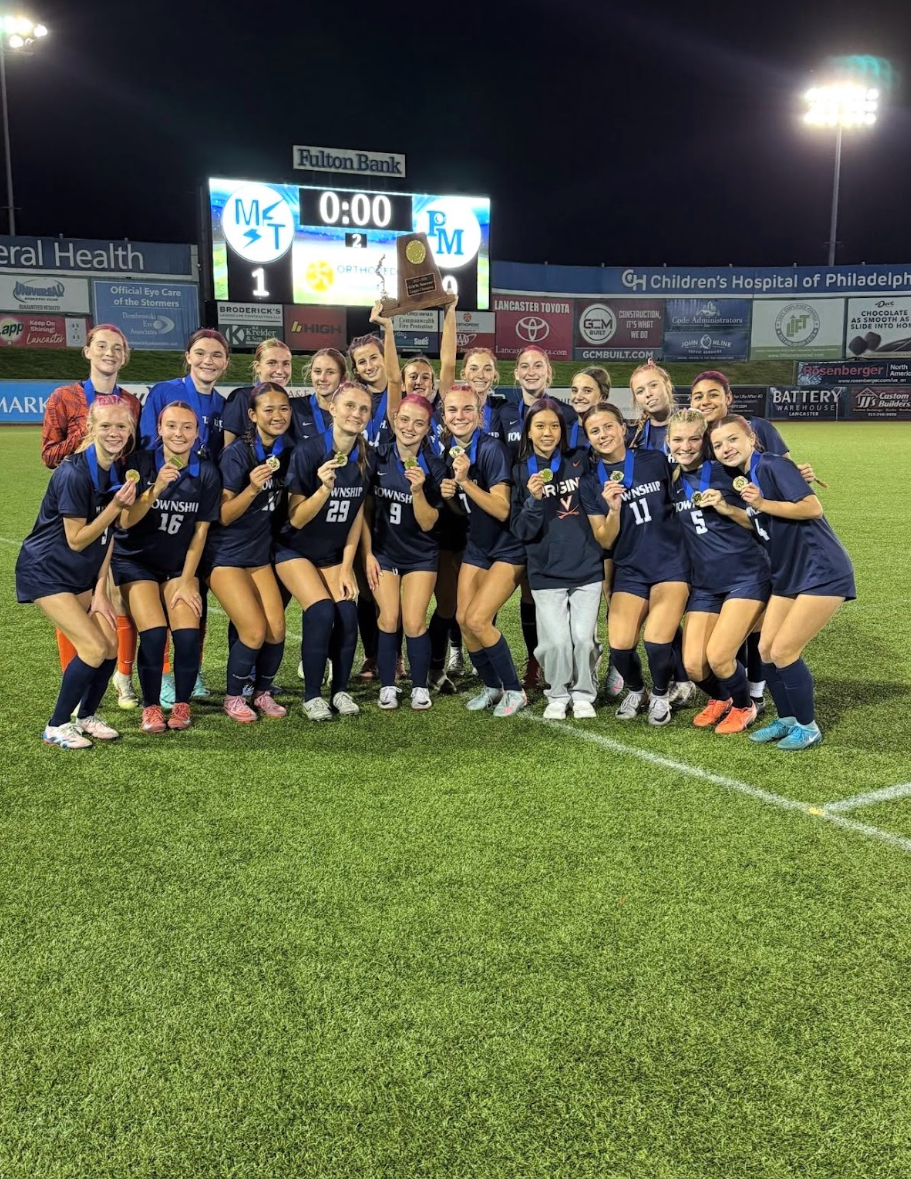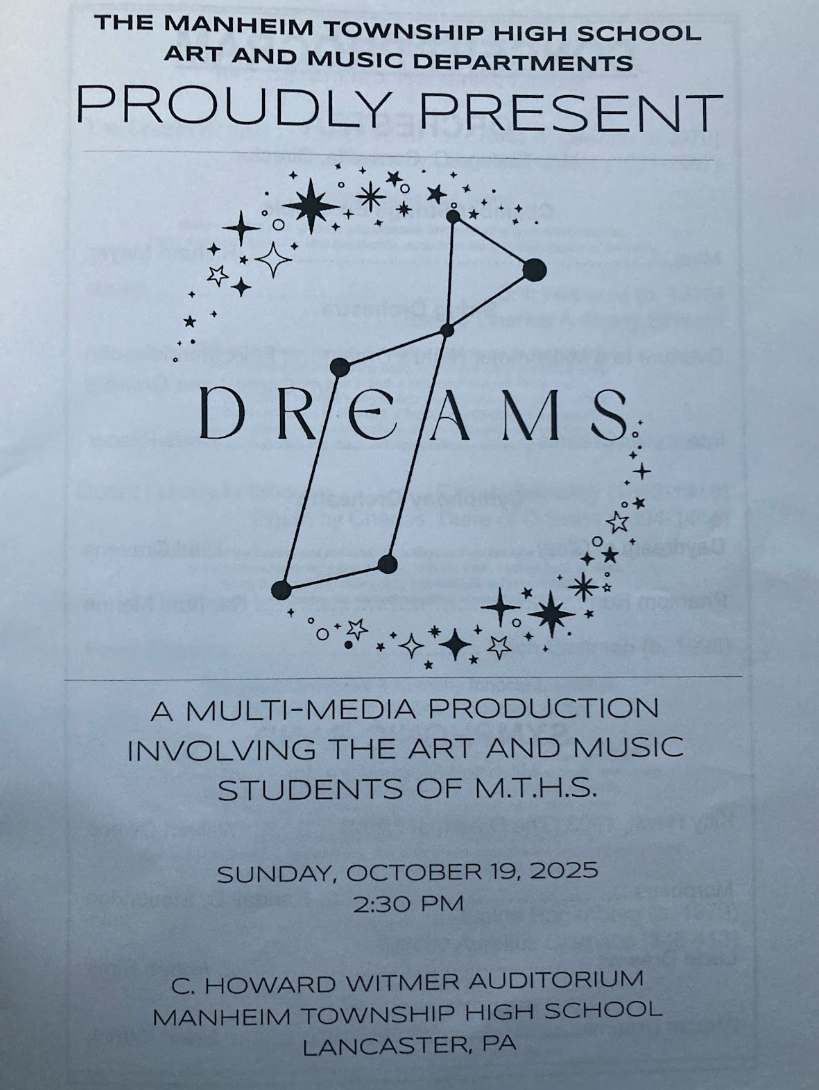A Sky Full of Learning
April 19, 2023
Above us there is a whole world, infinite, holding mysteries yet to be discovered. It is a world that is often out of reach, full of stars, planets, and science. Just over a month ago, the MT planetarium was updated, trading out software from 2008 for a new projector that contains an abundance of advancements for students and teachers to learn from.
The planetarium opens the science of astronomy up to students as well as introduces the innerworkings of our world and gives a voice to a topic that can be frequently overlooked. There are two astronomy classes offered here at the high school, both of which use the planetarium on a regular basis. David Farina, current astronomy teacher and head of the MTHS Astronomy Club, has been teaching at MT since the last planetarium installation in 2008. This is the third planetarium of MT and although Farina has taught in only this newest space, he has decorated the dome with the past technologies from prior decades.
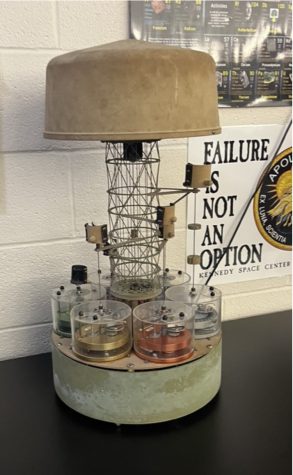
This newest upgrade comes from Spitz Inc. This business runs and uses the Digitar software, which is what MT has been using over the years. Currently, the highschool now runs on Digistar 7, the most recent version. Although the content that teachers had access to has not changed, many of those lessons were unable to be viewed because of lack of visibility and detail. Because all of these topics and shows will now have clarity, this installation increases the opportunity to bring in a greater number of students to experience the planetarium. Farina is very enthusiastic about what this improvement will do for the high school. The new technology allows for better imaging and features in presenting. “Adding four times the resolution and four times the brightness,” he said, “The planetarium is no longer just a place to see the stars—anything you can do on the computer can be projected.”
An update such as this allows classes to learn rather than needing to scour databases to find programs that were clear enough to follow during a lesson. Farina explains that it was often difficult to find material to show with the older technology, and “the ability to teach was truly limited. There were certain things that just couldn’t be shown because they looked that bad.”
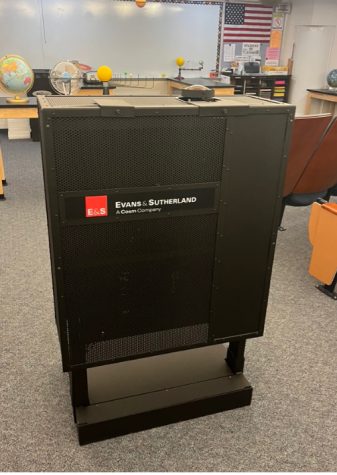
Aside from astronomy itself, so many classes now have the opportunity and ability to come in and explore using these projection styles. Students can now learn biology, health, chemistry, and art all through this new software. According to Farina, he has big plans for the future of the planetarium, including allowing students to design their own programs.
The software uses current, familiar technologies such as an iPad and an Xbox controller to provide a more hands-on, interactive classroom. Students and teachers will be able to code programs to learn about as well as present their own material and explore. “You could come in here as a new student and easily understand and learn the user interface,” Farina said. He explained the previous software as “all text, making it hard for someone to come in and comprehend it.”
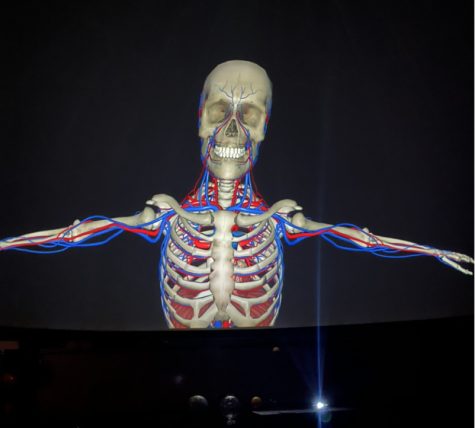
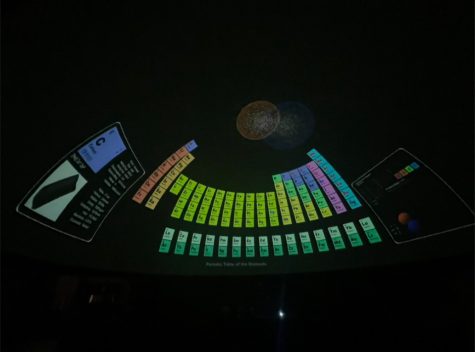
The fact that the planetarium can bring in students from all over the building is one of the biggest advantages of this investment. So much so that Farina has started to question the title of this learning space itself. “It’s called a planetarium, but I think that word isn’t appropriate anymore for the capabilities this space now has,” he said. He is determined in the upcoming years to see a greater increase in student interaction in this space, letting them take the lead and allowing him to step back and coach. This upgrade is a step forward to opening up the space to a greater population of students, to draw others in, and to spark curiosity.


